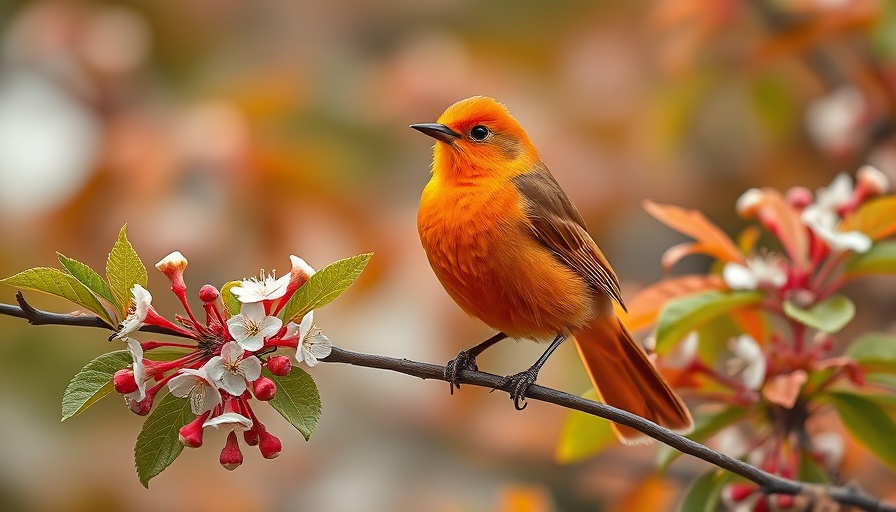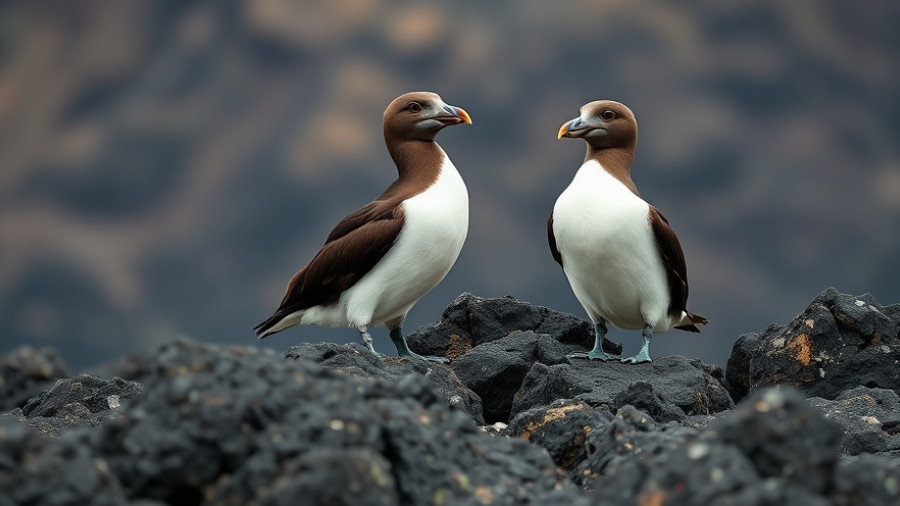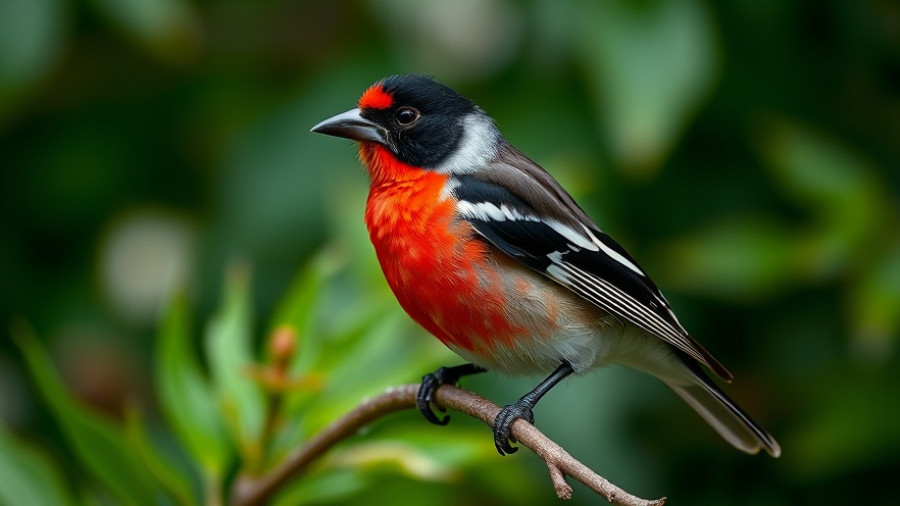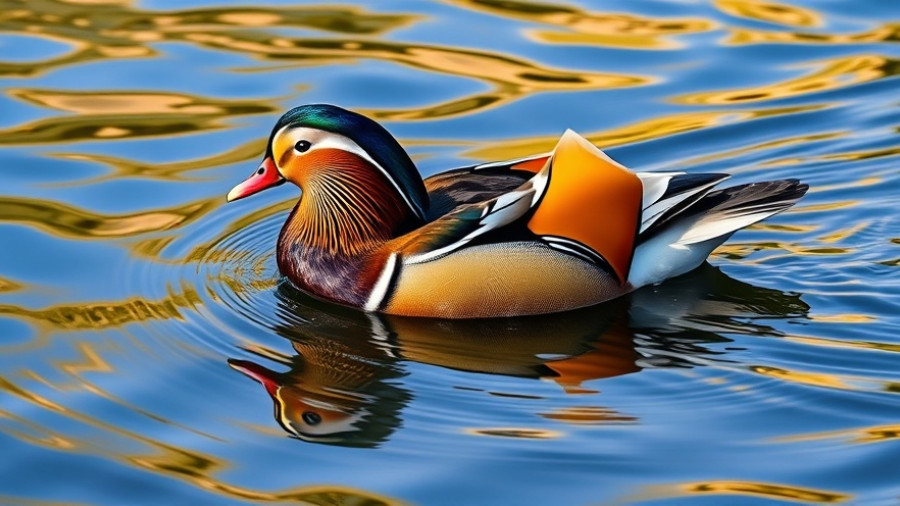
The Importance of Trees in Urban Environments
Trees serve as vital habitats for creatures in urban settings, especially for birds. Urban areas often lack the natural environments that birds need for food, shelter, and breeding. By adopting a tree, individuals can play a crucial role in supporting local bird populations. As trees provide a natural habitat for caterpillars—an essential food source for many songbirds—creating a supportive environment for these insects can have a cascading effect on the avian community.
Creating a Soft Landing for Caterpillars
According to entomologist Douglas Tallamy, the concept of a "soft landing" can significantly enhance the ecological landscape of our cities. An underappreciated part of a tree's ecosystem is the soil and leaf litter around its base. Often, these areas are compacted and bare, creating an ecological trap for caterpillars that need a safe space to pupate. By raking autumn leaves into piles around the tree and planting native ground cover, caterpillars can thrive, ultimately benefiting the birds that rely on them.
Community Action Through Tree Adoption
Adopting a tree can seem like a modest endeavor, but its impact can be profound. For apartment dwellers, embracing this initiative allows them to contribute significantly to their surroundings. Tallamy encourages adopting even a single tree in a communal yard to cultivate a healthier ecosystem. This grassroots movement not only promotes biodiversity but fosters community engagement and appreciation for nature.
Join the Movement for Feathered Friends
As part of the broader Homegrown National Park initiative, the adoption of trees reflects an exciting opportunity to restore ecological balance. Participants are urged to plant native species and care for their trees actively. Sharing your journey with organizations like BirdNote can inspire others to take similar actions, expanding the impact further. Gather your neighbors, create nesting habitats, and nurture local environments that support both caterpillars and birds alike.
Conclusion: A Call to Action for Our Feathered Friends
Every tree adopted contributes to a healthier avian ecosystem. As you consider your role in supporting local wildlife, reflect on the small actions that can yield significant changes. Together, we can create vibrant urban forests that sustain the birds we cherish.
 Add Row
Add Row  Add
Add 




Write A Comment